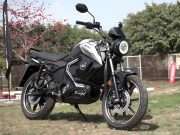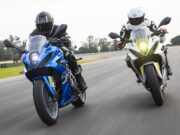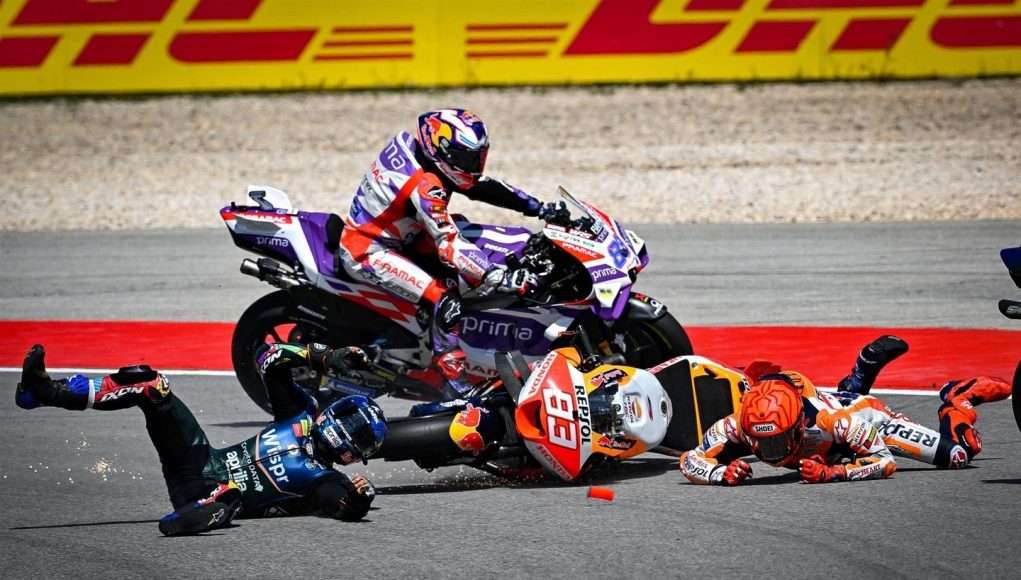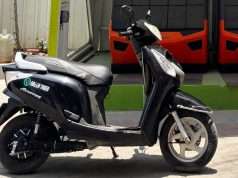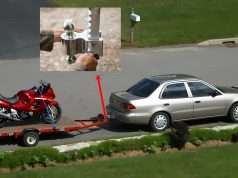Are you an avid bicyclist or motorcyclist? If so, then chances are you have experienced a crash at least once in your life. Even the most experienced and careful riders sometimes find themselves in situations where their cycle is involved in a crash. But with that being said, some accident scenarios can be especially dangerous to cyclists – impairing their safety and potentially causing serious injury or even death.

In this blog post, we’ll explore the different kinds of accidents that can be particularly hazardous for bikers and discuss what measures they can take to avoid them as much as possible. So read on to learn more about biking safely!
Understanding Common Types of Bike Accidents
Cycling safety is an important issue, and it’s important to understand the common types of bike accidents. A collision with a vehicle is one of the most frequent types; these collisions can range in severity but generally occur because of either driver or cyclist negligence or distraction. Additionally, hitting a fixed object such as a parked car or street sign can cause serious injury in some cases. falls due to potholes, slippery pavement, or poorly maintained roadways also pose a threat, as can poor weather conditions while cycling.
Finally, bicycles are exposed to theft–especially when not properly secured with an appropriate lock. By understanding common causes of bike accidents, cyclists can take steps to reduce their chance of injury on their ride.
The Danger of Motor Vehicle Interactions
Motor vehicles are a common sight on our roads, but the potential for danger lies in their interactions. With a combination of speed and bulk, any mistake can have serious consequences. To reduce the chances of an accident, motorists should be aware of the rules of the road and abide by them.
It’s not just the drivers responsible either, motorcyclists and cyclists must also take extra caution when traveling among larger vehicles. If you happen to find yourself in a motorcycle-related incident that was not your fault, consider seeking help from reputable professionals such as a motorcycle accident lawyer who can assist in navigating you through any legal processes. Ultimately, vigilance and watchfulness are key to staying safe on our roads.
Common Causes and Consequences of Head-on Collisions
Head-on collisions are some of the most dangerous and potentially catastrophic car accidents, as they occur when two vehicles drive into each other from opposite directions. Common causes of head-on collisions include drivers under the influence of drugs or alcohol, drivers distracted by cell phones, unsafe lane changes spurred by aggressive driving, and drivers who fall asleep at the wheel. In addition to physical damage to cars and property, these types of collisions can lead to severe injuries and even death due to the incredible force generated by speeds usually associated with highway travel.
Additionally, head-on collisions are more likely to result in fatalities due to the higher risk of passengers being ejected through automotive window glass or windshields as a result of their lack of protection. All drivers must exercise caution while driving and recognize the dangerous steps taken when engaging in activities such as driving under the influence or allowing distractions like phone use or fatigue behind the wheel.

The Risk of Dooring Incidents
Cyclists and motor vehicle users alike need to be diligent when it comes to dooring incidents or risk the potential consequences. Dooring is all too common and happens when a bicyclist is riding alongside a parked car and either the door of the car is opened suddenly into their path, or someone is exiting the vehicle directly into the cyclist’s way. In such cases, cyclists can suffer severe injuries from either slamming into an open door or colliding with a passenger unexpectedly.
Motorists are equally at fault- as they should check their mirrors before opening their doors, and also look out for any approaching cyclists before alighting from their vehicles. To minimize the risk of these dangerous situations both parties must remain aware at all times while on the road.
What to Do After a Crash Occurs
Once a crash has occurred, there are several steps to follow. It is important to remain calm and assess the situation. Make sure that any passengers or other drivers involved in the accident are safe. If injuries have occurred, dial 911 for medical assistance. Exchange information with any other parties that were involved and take pictures of the scene of the accident as well as any damage to cars or objects nearby.
If a police officer is present, ask them for a copy of their report, and be sure to obtain their contact details if they do not offer one. Finally, contact your insurance company as soon as possible and let them know what has happened; provide them with any necessary documentation they require to process your insurance claim.
Tips for Reducing Your Risk as a Biker
Biking is a great way to get around, but it also carries with it certain risks. However, you can reduce those risks and make your bike rides safer. Wear protective gear like helmets and padding to protect yourself from head injuries in case of an accident. Try to avoid busy roads and stay as visible as possible by wearing bright clothing and using lights at night. Break often to keep your energy up for safer navigation of hazardous terrain. Finally, plan routes that eliminate the need for crossing high-traffic intersections, if possible. Following these tips will help ensure a smoother, more enjoyable biking experience for everyone!
Riding motorbikes is a wonderful way to get around, but bikers need to remain aware of the risks associated with cycling. It is critical to be mindful of common types of bike accidents and to know how to respond in the event of an accident. Understanding the dangers related to interactions with motor vehicles, head-on collisions, and dooring incidents is essential for taking proactive steps that can help reduce risk when biking.
Knowing these topics could potentially save vital time in responding appropriately if an accident occurs, which could even prove lifesaving in some situations. These points should be kept in mind by cyclists at all times so they can stay safe while continuing to enjoy biking as an environmentally friendly form of transportation!









